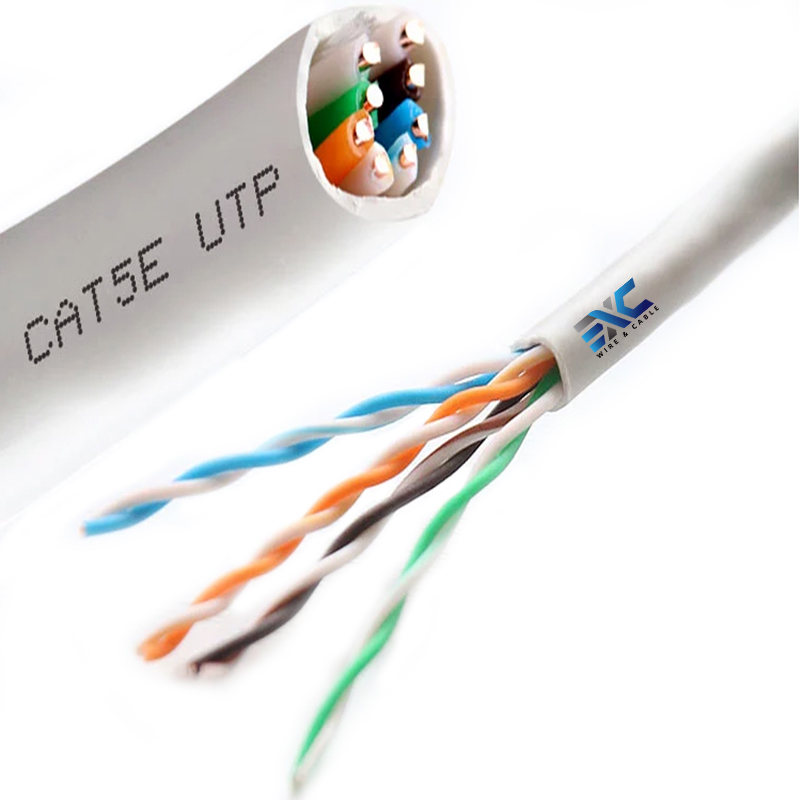In the world of networking and telecommunications, UTP cables are important components that play an important role in ensuring seamless connectivity. UTP cable, also known as unshielded twisted pair, is a type of cable widely used for Ethernet connections. It is classified based on its performance and functionality, making it an important consideration for various networking needs.
UTP cables are classified by their categories, the most common being Cat5e, Cat6, and Cat6a. Cat5e is suitable for basic Ethernet connections and supports data transfer speeds up to 1 Gbps. Cat6, on the other hand, offers improved performance and can handle data transfer speeds up to 10 Gbps. Cat6a is the highest category, providing higher performance and supporting data transfer speeds of up to 10 Gbps over longer distances.
One of the main advantages of UTP cable is its cost-effectiveness. Compared to other types of network cables, UTP cables are relatively inexpensive, making them a popular choice for residential and commercial applications. Additionally, UTP lines are known for their reliable performance, with excellent immunity to external interference and crosstalk. This ensures that data transmission remains stable and consistent even in environments with high levels of electromagnetic interference.
In terms of performance, UTP cables are capable of delivering high-speed data transmission, making them ideal for modern network requirements. Its twisted pair design helps minimize signal attenuation and ensures efficient data transmission. Additionally, UTP cables are easy to install and maintain, providing hassle-free networking solutions for a variety of applications.
In summary, the classification of UTP lines according to their categories highlights the different functionality and performance levels they offer. Its cost-effectiveness, reliable performance and high-speed data transfer make it the first choice for network needs. Whether for residential or commercial use, UTP cable remains a reliable and efficient solution for establishing connections and supporting modern network requirements.
Post time: Apr-05-2024
